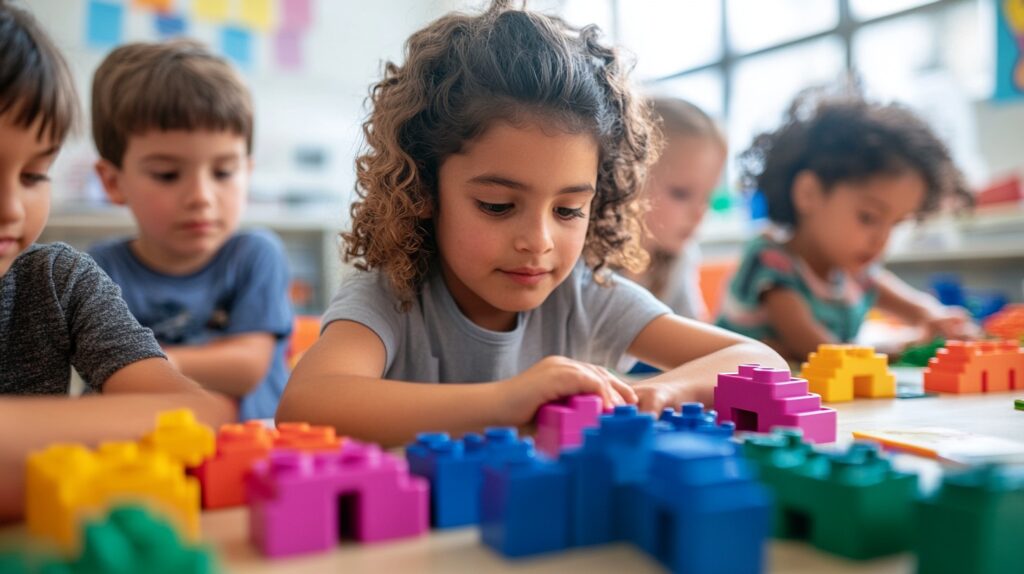Independent play is an essential part of a baby’s growth, helping them develop cognitive, emotional, and motor skills. However, allowing your baby to play independently requires careful planning to ensure that the environment is safe while also encouraging autonomy. Below are some actionable steps to make sure your baby enjoys safe, independent playtime that fosters their growth and confidence.
1. Baby-Proofing the Play Area
Safety should be the first consideration when setting up a play area for your baby. According to the American Academy of Pediatrics (AAP), baby-proofing is crucial in preventing accidents while giving your baby the freedom to explore.
- Remove small objects: Babies have a tendency to put things in their mouths, so make sure to remove any choking hazards such as small toys, buttons, or small household items.
- Secure furniture: Anchor heavy furniture like bookshelves and dressers to the wall to prevent tipping. Place cushioned corner protectors on sharp furniture edges.
- Use safety gates: If your home has stairs or areas that are not baby-proof, use gates to keep your baby safe from falls.
2. Age-Appropriate Toys
Select toys that are designed for your baby’s age to ensure safety and developmental benefits. The Consumer Product Safety Commission (CPSC) suggests that toys be made of non-toxic materials, and they should be free of small parts or sharp edges. For example:
- Soft blocks and stacking toys: These help babies develop fine motor skills and hand-eye coordination. They also encourage problem-solving skills as babies figure out how to stack or sort the blocks.
- Activity mats: Play mats with attached toys can stimulate sensory development, allowing your baby to interact with various textures, sounds, and colors while remaining on their tummy or back.

3. Encouraging Autonomy and Decision Making
While you must ensure that the play area is safe, it’s equally important to encourage your baby’s autonomy. Allowing babies to make simple decisions and have control over their playtime helps build confidence.
- Offer choices: Instead of dictating the playtime, offer two options such as “Would you like to play with the teddy bear or the toy blocks?” This small choice helps the baby feel empowered and involved.
- Promote problem-solving: Let your baby attempt to solve problems on their own, even if it means struggling for a few moments. This could be something as simple as figuring out how to roll a ball or stacking a block tower. Failure is an important part of the learning process.
4. Create Space for Exploration
Let your baby explore freely within the designated play area. Too much interference can limit their growth, so it’s important to step back and let them discover things on their own. According to pediatric experts, independent play encourages babies to:
- Learn cause and effect: For example, if they drop a toy and see it fall, they begin to understand cause and effect relationships.
- Develop creativity: Babies can create their own games and scenarios as they explore, which promotes imaginative play.
If you are unsure about safety concerns, the AAP provides guidelines for appropriate developmental stages and toy safety.
5. Balancing Independent Play and Bonding Time
Independent play should not mean complete isolation. Experts recommend balancing independent play with shared playtime to foster both independence and a strong parent-child bond. According to Harvard Health, when parents interact with their babies during play, it strengthens emotional connections while simultaneously encouraging babies to try new things on their own.
Fostering Safe and Independent Play
By following the right steps to baby-proof the environment and selecting age-appropriate toys, you can create a safe space that nurtures your baby’s autonomy. Allowing independent playtime while maintaining safety can significantly contribute to your baby’s development, helping them grow in confidence, problem-solving skills, and emotional regulation.
